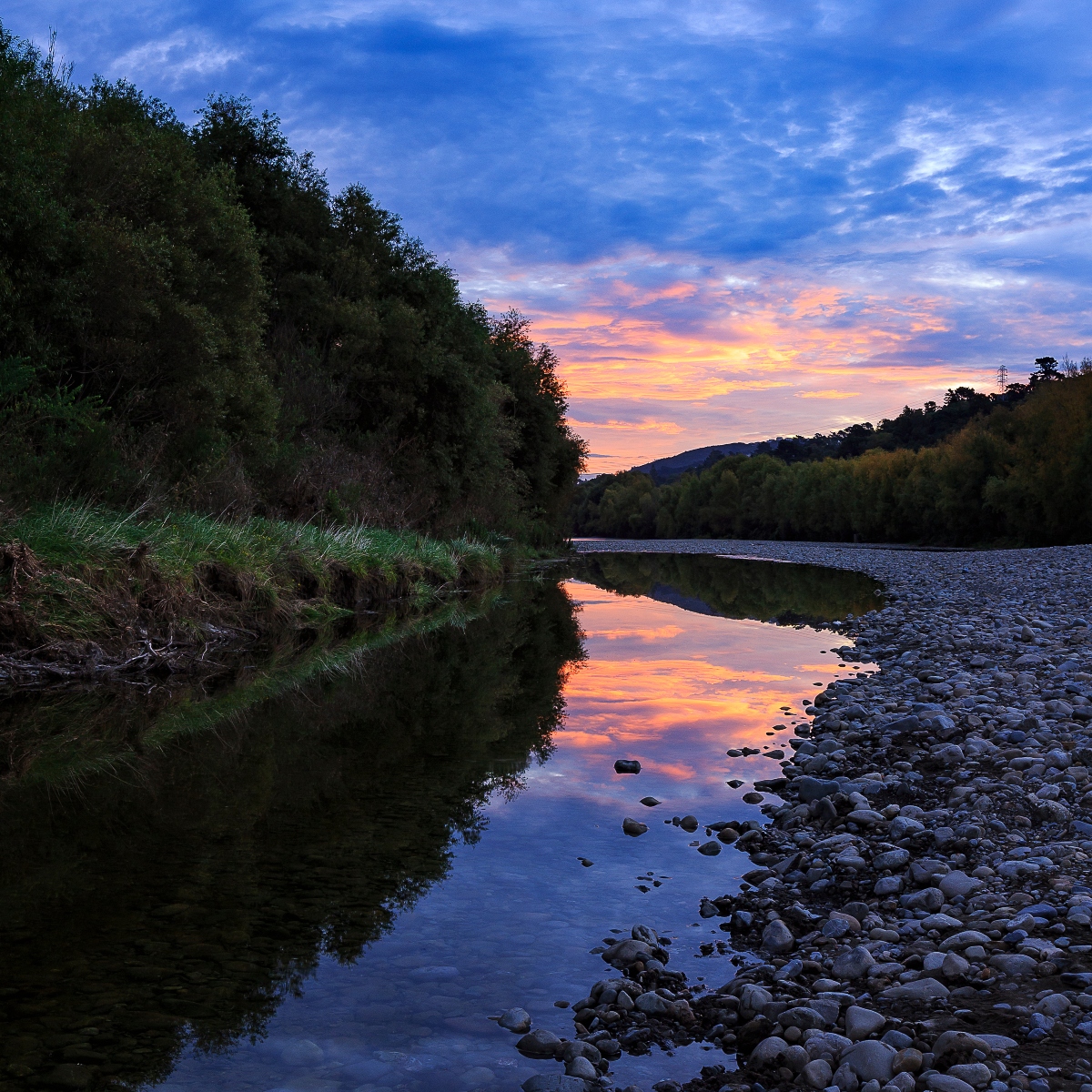Colonial and Post-Colonial History

The 1839 purchase of the Port Nicholson Block by the New Zealand Company and the deed associated with that purchase was perhaps more significant for the iwi of Te Whanganui-a Tara than the signing of the Treaty of Waitangi.
The Company directed its agent Wakefield to promise in every contract that one tenth of the territory ceded would be set aside as reserves to be held in trust for the benefit of the chiefly families of the tribe. The reserved areas were chosen by ballot and scattered throughout the settlement.
The Treaty of Waitangi was signed at Te Whanganui-a-Tara on 29 April 1840 after some ten days of deliberation. There were thirty-four Māori signatories including the paramount chiefs of the area. Following the signing of the Treaty of Waitangi the reserve arrangements of the NZ Company were endorsed by the British Government in an agreement of November 1840, which preceded the grant of a charter to the company.
After this point, it was considered that the 'tenths' were vested in the Crown which took control of their management at a very early stage in their history.
The years of co-existence of Māori and European settlers started with turbulent times in the early 1840s when rapid colonisation surprised the tāngata whenua.
The Chiefs of Pito-one and Ngā Ūranga Pā who had greeted the New Zealand Company ship, the Tory, in 1839 had expected immigrant ships such as the Adelaide to bring the new immigrants to Heretaunga/the Hutt Valley. Instead in 1840 the New Zealand Company’s planned settlement of Britannia, which was to be in what is now Petone was quickly abandoned after a major flooding event. In September 1840 the settlers decided to move to Haukawakawa/Thorndon, and this was to become the centre for the new colony in the new town of Wellington.
The transfer of the colony from the Heretaunga (Hutt River) delta to the flood-free regions on the opposite side of the harbour in what is now Wellington, had a profound and lasting effect on the people of the pā in Wellington.
Iwi were to feel the effects of a major influx of boatloads of settlers that arrived in 1840 and the years after. Those in Te Aro, Kumutoto and Pipitea Pā, Pakuao, Tiakiwai and Kaiwharawhara were to be driven from Wellington and many went to live with kin in the Hutt Valley. The Māori landscape was to quickly transform to a European one with muddy roads, foul drainage and reclamations covering beaches, such as Te One i Haukawakawa where the Wellington railway yards sit today. The large areas of gardens and horticulture gave way to pastoral farming which was then overtaken by industry, commerce, and urban expansion. Streams that were vital to Māori were polluted, turned into drains or used as sewers, and then put into culverts and pipes and buried under the city to be forgotten.
Piece by piece hapū lost all their important sites in Wellington City and many more around Te Whanganui-a-Tara. Today buildings cover the remains of the pā, kāinga or ngakinga that were around the inner city. Apart from a few pou marking sites of significance, street names or sculptures if you look around the city there is little to suggest that there were people living there prior to the arrival of the colonists in 1840.
The Waitangi Tribunal Report on the Wellington District (2003) found the Crown failed to protect the Treaty rights of tāngata whenua in the Wellington District. They were deprived of 120,000 acres of land which they never consented to surrender and for which they were never paid. Significantly it was the acts or omissions of the Crown in the administration of the Wellington Tenths reserves and the statutory leasing system imposed on the reserves that resulted in significant losses to mana whenua.

Information provided by Wellington Tenths Trust